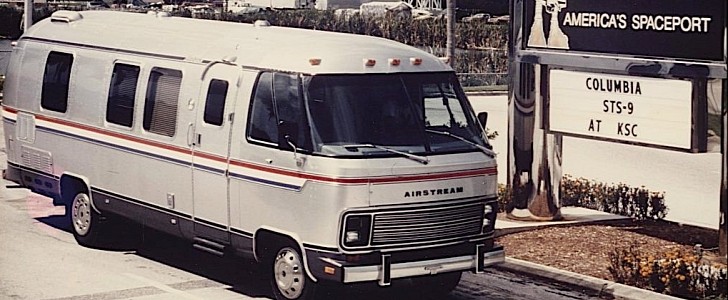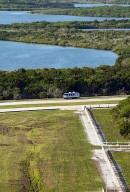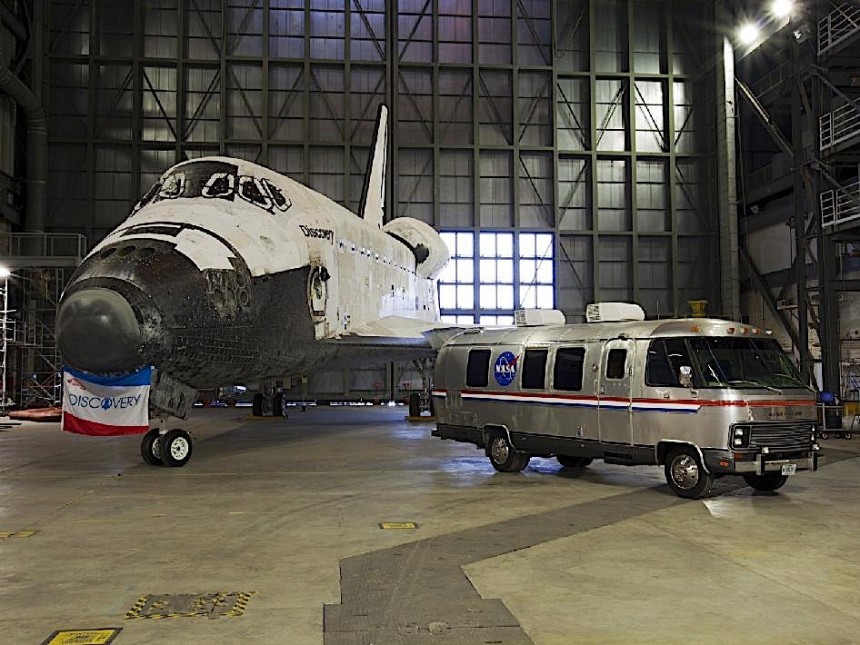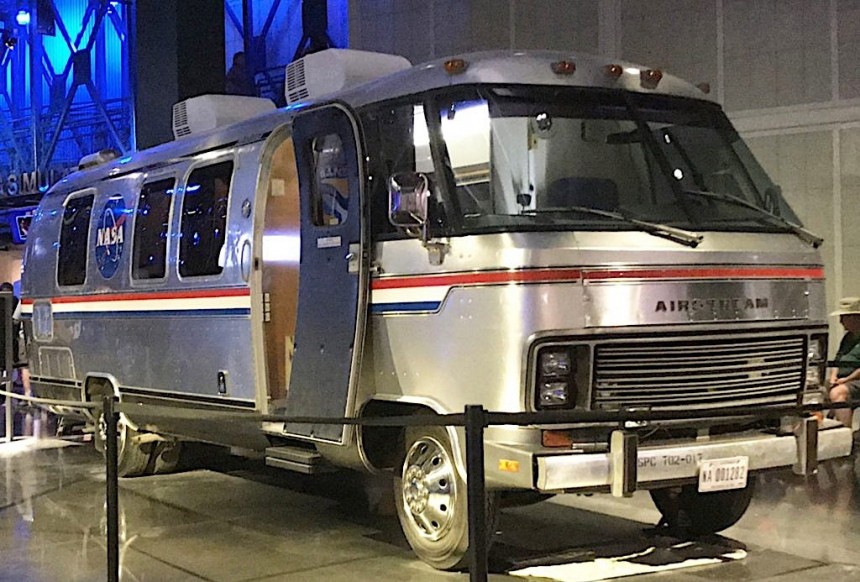Not long now until the Artemis program kicks off, launching humanity into its second Moon exploration effort. It was a long road getting here, and the results should be not only spectacular, but also history-altering. And NASA plans to make the most of it, down to the PR level.
Artemis I, the uncrewed test flight of the Space Launch System and Orion capsule, is probably two months away at the time of writing, and the agency doesn’t seem to bother all that much with this one, at least as far as public relations are concerned. Once Artemis II is in the pipeline, everything changes, as from that moment on the program will be more about the people going to the Moon than the hardware that will get them there.
In an attempt to bring back the bling of old, when astronauts were true superstars, NASA will try and hold on to some of its older habits, a preservation of tradition that should connect Artemis to whatever came before it. And one way to do that is to continue the Astrovan.
The term was coined in the mid-1980s, the era of the space shuttle. It was then that NASA began using a so-called astronaut transfer van to move the daring humans who went into space for the distance of nine miles (14 km) that separated the crew quarters from the launch pad.
The original Astrovan, and the first by this name (a video of it can be found below this text), was based on a 1983 Airstream Excella motorhome, and its arrival was heralded by the Clark-Cortez motorhome that served the needs of the Apollo crews, and the Itasca Suncruiser RV that moved the early shuttle crews.
For Artemis, NASA plans a new Astrovan, and it’s not to be confused with Astrovan II, the Airstream Boeing put together back in 2019 for the Starliner flights that never came to pass. The Artemis crew transporter is not yet out in the open, being the subject of a Request for Information the space agency submitted in September 2021.
But we do know the specifications NASA wants to be included by whoever will end up making it. And here they are.
The official name of the Astrovan is Artemis Crew Transportation Vehicle (CTV). It should be capable of taking, safely and securely, astronauts and support staff “from the suiting-up facility in the Neil Armstrong Operations and Check-out Building (O&C) to the Launch Pad on launch day.”
NASA is open to all sorts of suggestions for the base vehicle. It can be something specifically built for the task, or a converted commercially available vehicle, or even a refurbished and updated NASA heritage vehicle, more specifically… the old Astrovan.
Whatever base vehicle will be used, it will have to be electric, of course, either a full-blown BEV, or plug-in hybrid or fuel cell-powered. It must be road-worthy, and built in accordance with the current National Highway Transportation Safety Administration Standards. No requirements were made as far as performance is concerned.
The seating capacity of the Astrovan needs to be eight people, meaning the driver, four fully-suited astronauts, one suit technician, the flight operations director, and a protection service agent.
Aside for the humans, the vehicle will need to have some storing capabilities. More to the point, it should have enough space for the following pieces of equipment: four equipment bags totaling 8,000 cubic inches, four ice-based cooling units, one equipment bag for the suit technician, one pad transfer bag, and an extra two cubic feet of space, per passenger, for whatever may come up along the way.
The main doors of the van should be “sufficiently large” (24 to 36 inches/61 to 91 cm) as to be easily accessible, but a secondary, emergency exit must be provided.
Visually, the Astrovan will be wrapped in markings and artwork which will be supplied or approved by NASA.
Officially, the deadline for responses to the Request for Information was October 25, 2021, but by the time of this writing, we have no info on who submitted the required data to NASA. We do know however the new Astrovan should be ready for operation no later than June 2023.
In an attempt to bring back the bling of old, when astronauts were true superstars, NASA will try and hold on to some of its older habits, a preservation of tradition that should connect Artemis to whatever came before it. And one way to do that is to continue the Astrovan.
The term was coined in the mid-1980s, the era of the space shuttle. It was then that NASA began using a so-called astronaut transfer van to move the daring humans who went into space for the distance of nine miles (14 km) that separated the crew quarters from the launch pad.
The original Astrovan, and the first by this name (a video of it can be found below this text), was based on a 1983 Airstream Excella motorhome, and its arrival was heralded by the Clark-Cortez motorhome that served the needs of the Apollo crews, and the Itasca Suncruiser RV that moved the early shuttle crews.
But we do know the specifications NASA wants to be included by whoever will end up making it. And here they are.
The official name of the Astrovan is Artemis Crew Transportation Vehicle (CTV). It should be capable of taking, safely and securely, astronauts and support staff “from the suiting-up facility in the Neil Armstrong Operations and Check-out Building (O&C) to the Launch Pad on launch day.”
NASA is open to all sorts of suggestions for the base vehicle. It can be something specifically built for the task, or a converted commercially available vehicle, or even a refurbished and updated NASA heritage vehicle, more specifically… the old Astrovan.
Whatever base vehicle will be used, it will have to be electric, of course, either a full-blown BEV, or plug-in hybrid or fuel cell-powered. It must be road-worthy, and built in accordance with the current National Highway Transportation Safety Administration Standards. No requirements were made as far as performance is concerned.
Aside for the humans, the vehicle will need to have some storing capabilities. More to the point, it should have enough space for the following pieces of equipment: four equipment bags totaling 8,000 cubic inches, four ice-based cooling units, one equipment bag for the suit technician, one pad transfer bag, and an extra two cubic feet of space, per passenger, for whatever may come up along the way.
The main doors of the van should be “sufficiently large” (24 to 36 inches/61 to 91 cm) as to be easily accessible, but a secondary, emergency exit must be provided.
Visually, the Astrovan will be wrapped in markings and artwork which will be supplied or approved by NASA.
Officially, the deadline for responses to the Request for Information was October 25, 2021, but by the time of this writing, we have no info on who submitted the required data to NASA. We do know however the new Astrovan should be ready for operation no later than June 2023.




















